Marie Curie: The Radiant Scientist – An Audio Bedtime Story
Marie Curie: A Bright Mind in a Bright World
🧒 A Curious Little Girl in Warsaw
Hello! I’m Marie Curie, but I was born as Maria Skłodowska in Warsaw, Poland, in 1867. Back then, Poland was under Russian control, and things weren’t easy for girls who loved learning.
From a very young age, I was full of questions. Why do stars shine? Why does metal get hot? I used to stare at the sky and wonder about everything! My father was a teacher, and our house was full of science books and math problems. I loved spending hours working out tricky problems at the kitchen table.
But school wasn’t always welcoming to girls. Did you know I wasn’t allowed to go to the University in Poland because I was a girl? That didn’t stop me. Instead, I joined a secret, illegal school called the Flying University! It was risky, but all I wanted was to learn. Would you have taken the risk to follow your dream?
✈️ Big Dreams in a Faraway Place
When I was in my late teens, I made a deal with my sister Bronia—we would help each other study. First, I worked as a governess to earn money while she studied. Then, when she became a doctor, she helped me move to Paris to follow my dream of becoming a scientist.
Paris was exciting! The Sorbonne (that’s the name of the university) was huge and full of books, loud ideas, and smart people. But it wasn’t easy. I didn’t have much money and sometimes couldn’t afford to eat properly. I studied all night and wore all my clothes to stay warm in the freezing dormitories. Life was tough, but I loved learning about physics and chemistry. It felt like I had found my true calling.
🧪 The Discovery That Changed Science
Later, I met a brilliant scientist named Pierre Curie, and we worked together on something amazing. We were curious about a strange material called pitchblende. It seemed to give off invisible energy—something even the best scientists didn’t understand.
So we did hundreds of experiments in a small, dusty lab. We stirred big pots, crushed rocks, and recorded tiny clues every day. It was hard work—imagine stirring a giant soup made of rocks! But after many months, we discovered something brand new: two elements we named polonium (after my beloved homeland, Poland) and radium. These elements gave off powerful rays. We called it radioactivity!
Have you ever heard of radioactivity before?
These rays could pass through things—like your body—and later, they helped doctors see what’s going on inside someone without opening them up. Pretty cool, right? This changed the world of medicine forever.
🏅 Becoming a Nobel Prize Winner… Twice!
When our research got out, the science world went wild. In 1903, I became the first woman to win a Nobel Prize—in Physics, alongside Pierre and another scientist named Henri Becquerel. But that wasn’t the end.
After Pierre sadly died in an accident, I kept going. I became the first woman professor at the Sorbonne and continued researching radioactive elements. Then in 1911, I won a second Nobel Prize—this time in Chemistry—for discovering pure radium and working out how to measure radioactivity. That made me the first person ever—man or woman—to win two Nobel Prizes!
Would you believe it? A girl who once couldn’t even study at school now had two Nobel Prizes!
🚌 Helping People in Times of Trouble
During World War I, I didn’t sit in a lab while others suffered. I wanted to help. I used my science to create mobile X-ray units, which traveled to the front lines and helped doctors treat injured soldiers. I even drove them myself! Imagine a scientist in a dusty car driving through danger to help others—that was me.
My daughter Irène even helped me, and she grew up to be a Nobel Prize winner too! Helping others, working hard, and following our dreams was our family’s way of life.
🌟 My Enduring Spark
I spent the rest of my life researching, teaching, and helping the world understand more about the atom. I didn’t care about fame or fortune—I cared about discovery, kindness, and truth. I believed that science should be for everyone, no matter where they came from or who they were.
Even though radiation is dangerous and I didn’t know all its risks back then (we didn’t wear protection—it was a new science, after all!), my work helped start cancer treatments still used today.
Now, people study radioactivity safely, and every scientist knows they stand on the shoulders of those who came before. People still remember my words: “Nothing in life is to be feared, it is only to be understood.”
🎓 Lessons I Learned (And Hope You Do Too)
- Don’t give up on learning—even if it’s hard.
- Follow your dreams, even if society says you can’t.
- Use your knowledge to help others.
- Believe that girls (and boys!) can be brilliant scientists.
Like other heroes of history in Rooztag.click, I had moments of doubt. But I always believed in the power of science and the goodness of learning.
Want to discover more minds like mine? Check out other inspiring innovators who made the world a more amazing place!
And if you’re curious to learn more about me and my work, you can visit this fun page on Britannica Kids.
So, next time you ask a question—or ask “why?”—remember, that’s how every discovery begins.
You might just be the next Marie Curie.
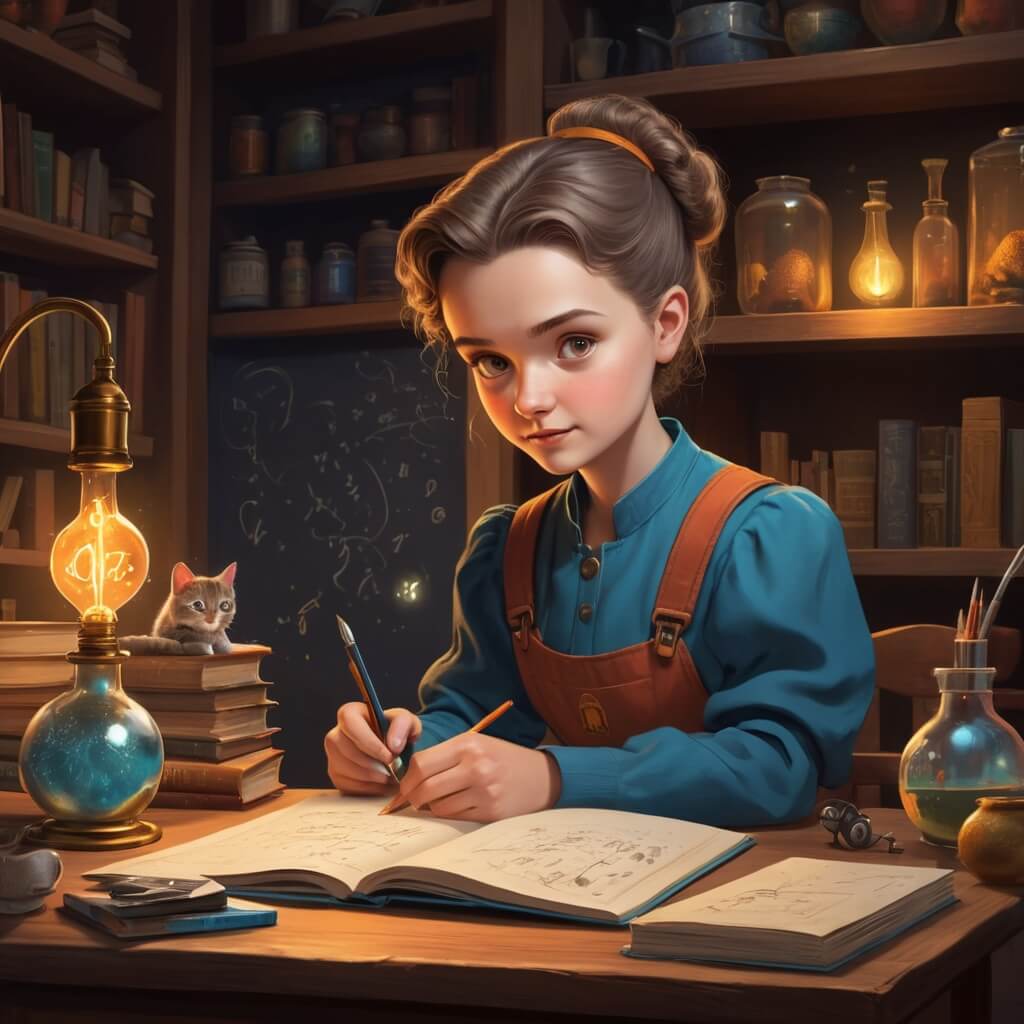
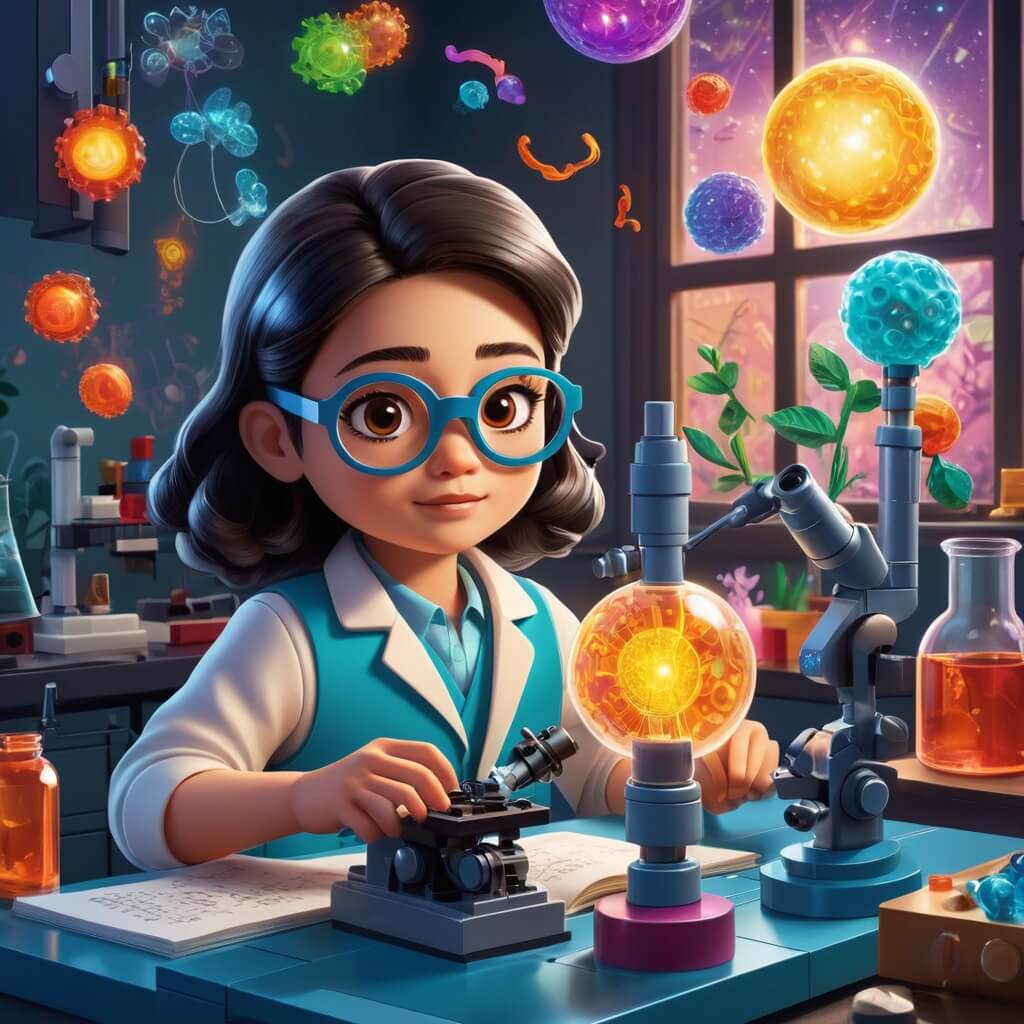
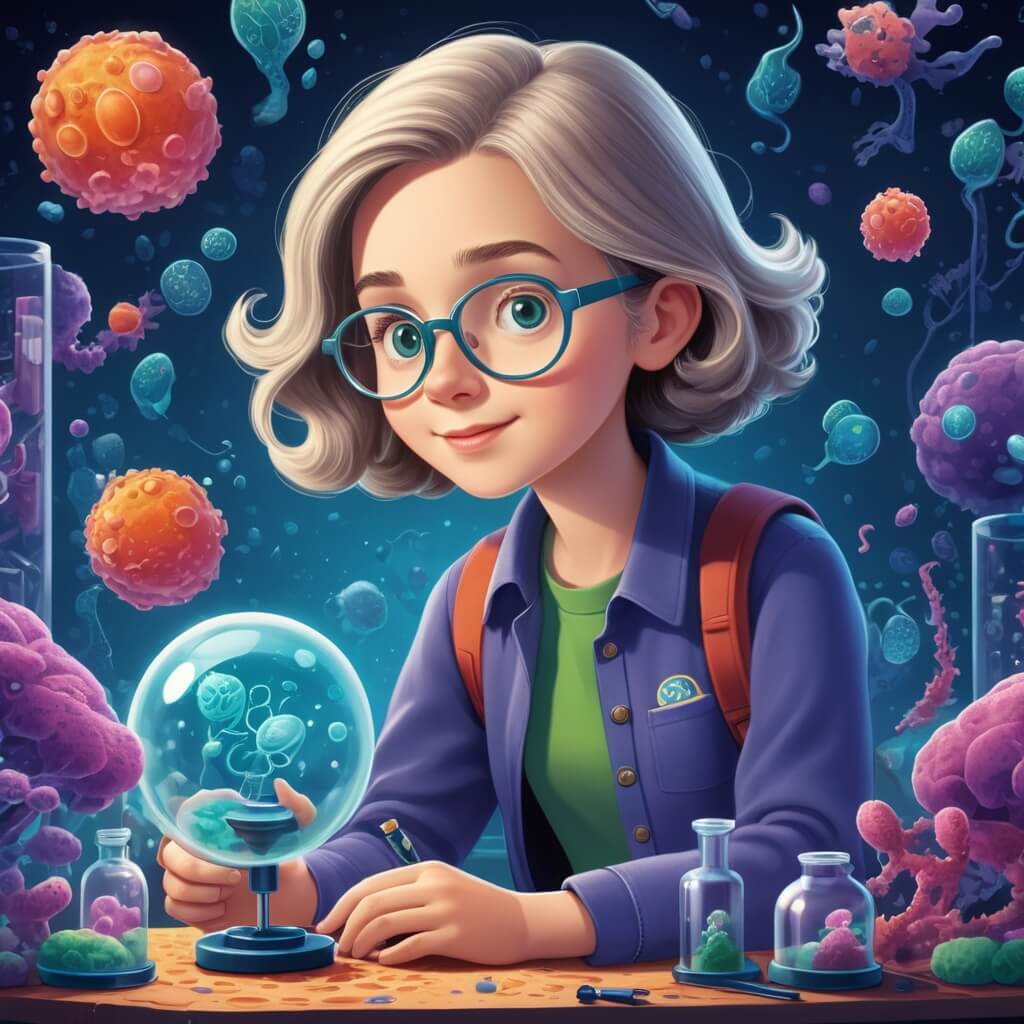
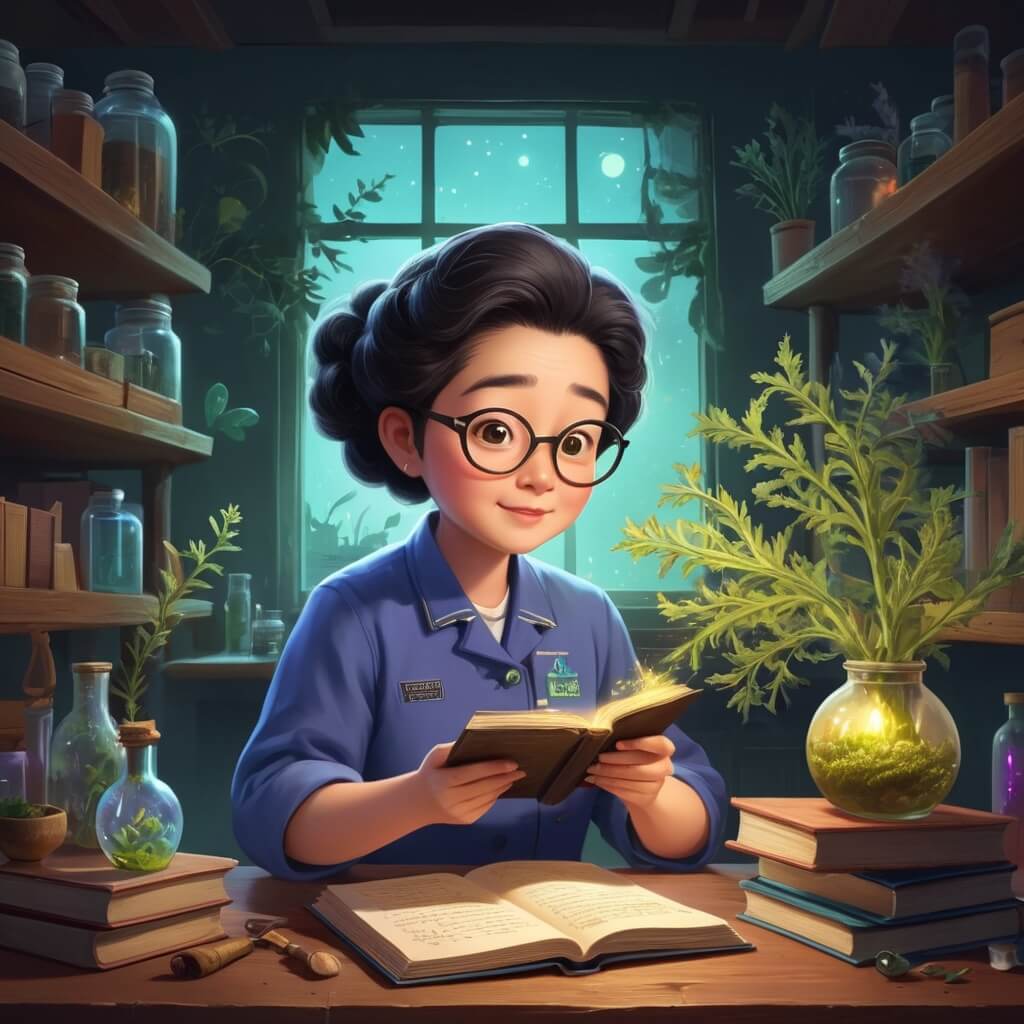
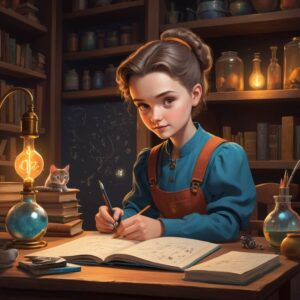
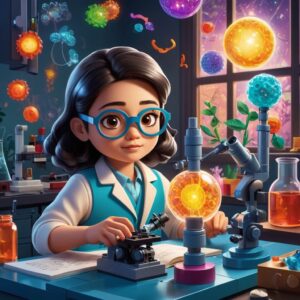
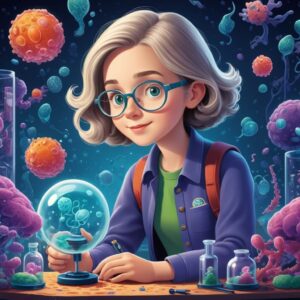
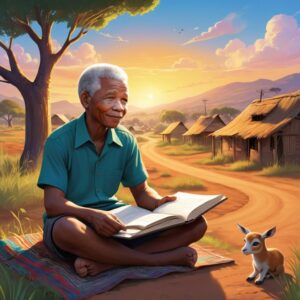
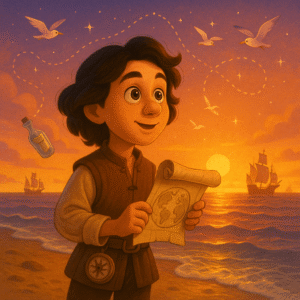
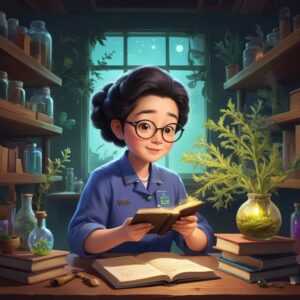
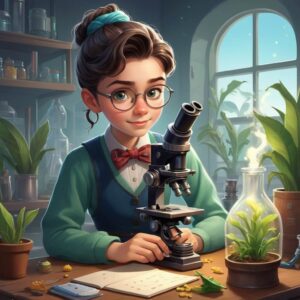
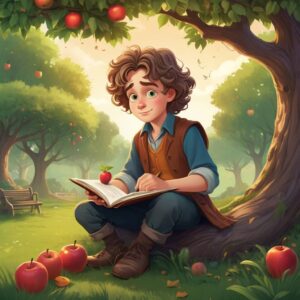
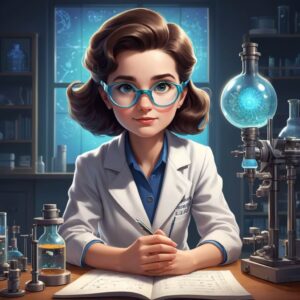
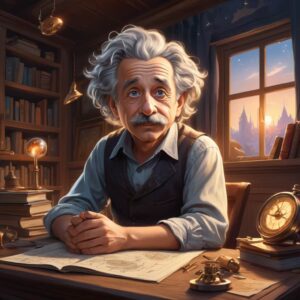
Post Comment